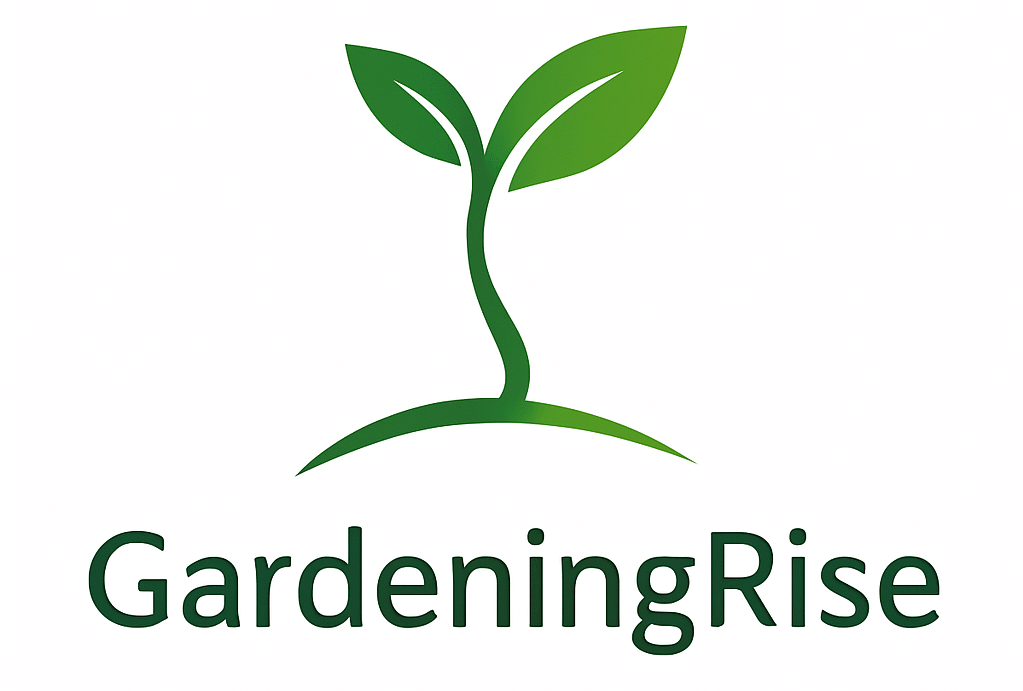Growing vibrant plants in pots isn’t just about sunlight and soil—it’s about mastering moisture. Unlike garden beds, container roots can’t stretch deep to find water reserves. That’s why your approach needs precision: too much water drowns roots, while too little leaves them parched.
Balanced hydration helps roots grow strong and resilient. Tools like self-watering pots or drip systems take the guesswork out of care. They deliver moisture steadily, preventing sudden dry spells or soggy soil. You’ll also learn when to water—early mornings work best—and how to pick containers that suit your plant’s needs.
This guide shares simple ways to avoid common mistakes. Discover how consistency prevents stress on your green friends. You’ll even find quick fixes for yellow leaves or wilting stems. Let’s turn your patio or windowsill into a lush retreat, one perfectly timed drink at a time!
Key Takeaways
- Potted plants require precise watering due to limited root space
- Overwatering and underwatering both harm root development
- Self-watering containers help maintain steady moisture levels
- Morning watering reduces evaporation and fungal risks
- Container material impacts how often you need to hydrate plants
- Consistent routines prevent plant stress and boost resilience
Understanding the Unique Challenges of Container Gardens
Potted plants face distinct hurdles that ground-grown ones never encounter. Their limited soil volume acts like a tiny sponge—it absorbs less and dries faster. Wind whips moisture away, while sun-baked containers turn into mini ovens. Even your porch railings can become moisture thieves!

Why Pots Dry Out Faster
Smaller spaces mean less water storage. Roots compete for every drop in cramped quarters. Poor drainage compounds the problem—without proper holes, water pools at the bottom. This creates a swampy mess that suffocates roots within days.
Weather’s Hidden Impact
Temperature swings hit containers harder than garden beds. Hot days evaporate 40% more moisture from pots, while chilly nights slow water absorption. Check soil moisture daily during heatwaves—your plants need hydration long before leaves droop.
| Factor | Container Impact | In-Ground Impact |
|---|---|---|
| Soil Volume | Limited reserves | Deep water access |
| Temperature | Rapid fluctuations | Stable conditions |
| Drainage | Requires precise holes | Natural percolation |
| Moisture Loss | Up to 2x faster | Gradual drying |
Spot thirsty plants early: dry soil pulls away from pot edges, and lightweight containers signal dehydration. Improve drainage by adding perlite to your mix, and water deeply until it flows from the base. Your green buddies will reward you with perky leaves and steady growth!
Container Selection and Soil Preparation
Not all pots are created equal when it comes to moisture management. Your container’s material and soil composition work together to create a thriving environment. Let’s explore how to match these elements to your plant’s needs.

Pot Materials: Allies or Enemies?
Unglazed terra cotta pots lose moisture 30% faster than plastic or glazed ceramic options. Their porous walls let water escape through the sides, demanding more frequent hydration checks. Plastic containers retain moisture best but require drainage holes to prevent soggy roots.
| Material | Water Retention | Best For |
|---|---|---|
| Terra Cotta | Low | Succulents, herbs |
| Glazed Ceramic | Medium | Flowering plants |
| Plastic | High | Moisture-loving greens |
Crafting the Perfect Soil Mix
Aim for a blend that holds water without drowning roots. Combine peat moss, vermiculite, and compost in equal parts—this trio balances absorption and airflow. For extra staying power, mix in water-retaining crystals that swell to store moisture.
Skip the gravel layer at the bottom of pots—it creates a false drainage zone. Instead, use a uniform mix from top to base. This prevents dry pockets and keeps roots evenly hydrated. Your plants will enjoy consistent moisture without daily interventions!
Timing, Frequency, and Watering Approaches
Getting your hydration schedule right transforms how plants thrive. Morning rituals and simple soil checks make all the difference between surviving and flourishing.

Morning Watering Benefits
Water at dawn, and you’ll outsmart the sun. Early hydration gives roots time to drink deeply before heat speeds evaporation. This practice cuts water waste by 25% compared to midday sessions.
Cooler temperatures also reduce fungal risks. “Plants start their day fueled and ready,” notes urban gardener Lila Torres. “Leaves dry faster, preventing mildew parties.”
Deep Watering and the Finger Test Method
Forget guesswork—your finger is the ultimate tool. Push it 1-2 inches deep into the soil. If it feels dry, your green buddy needs a drink. This simple check soil trick prevents both swampy and parched roots.
| Factor | Watering Frequency | Adjustment Tip |
|---|---|---|
| Small pots | Daily in heat | Use shade cloth |
| Plastic containers | Every 2-3 days | Check drainage |
| Cool weather | Weekly | Reduce by 30% |
Pour slowly until water escapes the pot’s base—this ensures consistent moisture deep in the soil. Large containers might need hydration every 4 days, while tiny herb pots often crave daily attention.
Shift routines with the seasons. Summer demands vigilance, while winter asks for restraint. Your plants will signal needs through leaf texture and growth pace—stay observant!
Smart Watering Techniques for Successful Container Gardens
Modern tools take the stress out of keeping potted plants hydrated. These innovations deliver water exactly where roots need it while conserving resources. Let’s explore how technology simplifies plant care.
Leveraging Self-Watering Containers and Drip Irrigation
Self-watering containers use wicks or reservoirs to supply moisture on demand. A study by Urban Horticulture Journal found they reduce watering frequency by 60% compared to traditional pots. Their built-in reservoirs let roots sip water gradually, preventing drought stress during heatwaves.
Drip irrigation systems offer surgical precision. Tiny emitters release droplets directly into soil, cutting water waste by up to 70%. “These systems mimic natural rainfall patterns,” explains landscaper Marco Velez. “Roots grow stronger when hydrated slowly.”
| Solution | Cost | Installation Time |
|---|---|---|
| Self-watering pots | $15-$50 | Instant |
| Drip kits | $25-$120 | 30-90 minutes |
Using Moisture Meters and Smart Sensors
Gadgets eliminate the finger-test guesswork. Probe-style meters show soil dryness levels instantly, while Bluetooth sensors send alerts to your phone. Benefits include:
- Real-time data on root-zone conditions
- Customizable hydration thresholds
- Historical tracking for seasonal adjustments
Pair these tools with self-watering containers or drip irrigation for a failproof system. You’ll spend less time worrying and more time enjoying thriving container plants.
Water-Saving Innovations and Automated Irrigation Systems
Technology meets gardening in the latest irrigation breakthroughs. Automated solutions keep your plants hydrated without daily effort, especially during scorching summer months. These systems adapt to weather changes, delivering precise amounts when roots need it most.

Integrating Automated Timers and Drip Irrigation Kits
Pairing timers with drip kits creates a fail-safe hydration network. Simply connect a programmable device to your advanced irrigation system—it waters plants while you sleep or travel. Most models let you:
- Set custom schedules (every 6 hours to weekly)
- Adjust flow rates for different containers
- Pause during rainstorms via moisture sensors
| Timer Type | Cost | Best For |
|---|---|---|
| Battery-operated | $25-$40 | Small setups |
| Smart Wi-Fi | $60-$150 | Large collections |
DIY Irrigation Solutions for Appointment-Free Watering
Create budget-friendly options using recycled materials. Plastic bottles with pinholes become slow-release devices when inverted into soil. For clustered pots, link them with medical tubing—capillary action spreads moisture evenly.
These hacks work wonders in peak summer heat. A wine bottle reservoir keeps herbs hydrated for 4 days, while terracotta spikes offer gradual seepage. Rotate time water zones to ensure all plants get equal attention without overworking one area.
Practical Tips and Advanced Watering Methods
Boost your plant care routine with clever strategies that lock in hydration. Mulching and modern products work together to create resilient, low-maintenance gardening setups. These approaches help your garden thrive even during dry spells.

Mulching Magic and Moisture Boosters
A 2-inch layer of mulch cuts water evaporation by 35% in pots. Decorative options like cocoa shells or colored stones add flair while regulating moisture levels. Dark containers? Use light-colored mulch to reflect heat and keep roots cooler.
For hanging baskets, line the bottom with coconut coir. This natural fiber holds 4x its weight in water, preventing rapid drying. Pair it with polymer crystals mixed into soil—they swell during watering, creating hidden reservoirs.
| Mulch Type | Water Retention | Best For |
|---|---|---|
| Pine Bark | High | Large pots |
| Straw | Medium | Vegetables |
| Decorative Glass | Low | Indoor plants |
Upgrade your gardening toolkit with self-watering spikes. These terracotta tools slowly release water through porous walls. Pair them with effective watering solutions for worry-free vacations.
Rotate pots weekly to ensure even sun exposure. Check moisture levels at the root zone using chopsticks—if soil sticks, wait another day. For colorful hanging baskets, water until it drips from the bottom, then let drain completely.
Experiment with combinations. Try gravel mulch for succulents or moss layers for ferns. Your garden will reward you with vibrant blooms and lush foliage!
Troubleshooting and Adjusting Your Watering Routine
Your plants speak through their leaves and soil—learn their language to fix watering mishaps. Catching issues early prevents long-term damage and keeps roots thriving.
Spotting Hydration Red Flags
Yellow leaves with soggy soil scream overwatering. This creates prime conditions for root rot, where roots turn mushy and brown. Conversely, crispy leaves and soil pulling away from pot edges signal thirst. Push your finger 2 inches deep—if it feels dry, it’s time to hydrate.
Rescue Tactics for Stressed Roots
For waterlogged plants, unclog drainage holes immediately. Let soil dry completely before watering again. Add perlite to improve airflow around roots. Underwatered plants need slow, deep drinks—place pots in a water tray for 30 minutes to rehydrate evenly.
| Issue | Symptoms | Soil Feel | Quick Fix |
|---|---|---|---|
| Overwatering | Yellow leaves, mold | Soggy | Improve drainage |
| Underwatering | Wilting, brown tips | Crumbly | Bottom-watering |
Moisture meters help avoid guesswork. Check readings near the root zone weekly. Rotate pots to ensure even drying. In winter, water 50% less—roots absorb slower in cool temps.
Conclusion
Mastering moisture in pots transforms how your green companions thrive. Choosing the right container and crafting a quality soil mix sets the stage for healthy roots. Pair these basics with morning hydration routines and consistent moisture checks for unstoppable growth.
Tools like self-watering containers simplify care during busy weeks or scorching summer days. Drip irrigation systems deliver precise hydration while cutting waste. When leaves yellow or droop, adjust your approach—check moisture levels before reaching for the watering can.
Your efforts pay off in vibrant blooms and robust harvests. Efficient practices save time and resources while nurturing resilient plants. Whether tending herbs on a windowsill or hanging baskets on a porch, every drop counts.
Ready to elevate your container gardening game? Apply these tested methods to create a lush oasis. With these strategies, your patio or balcony will burst with life—one perfectly measured drink at a time!






